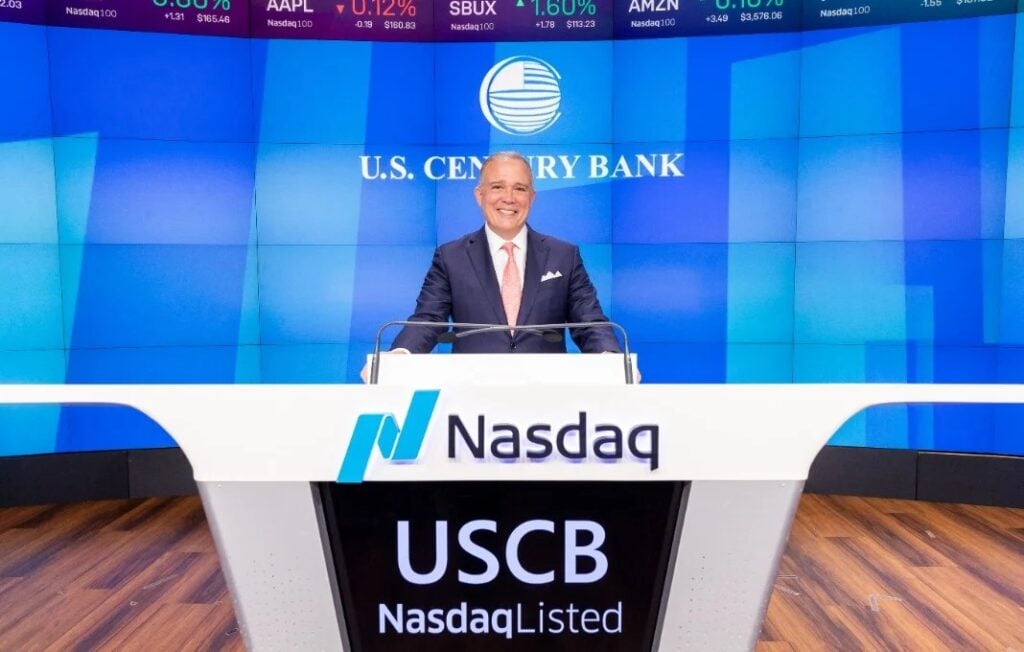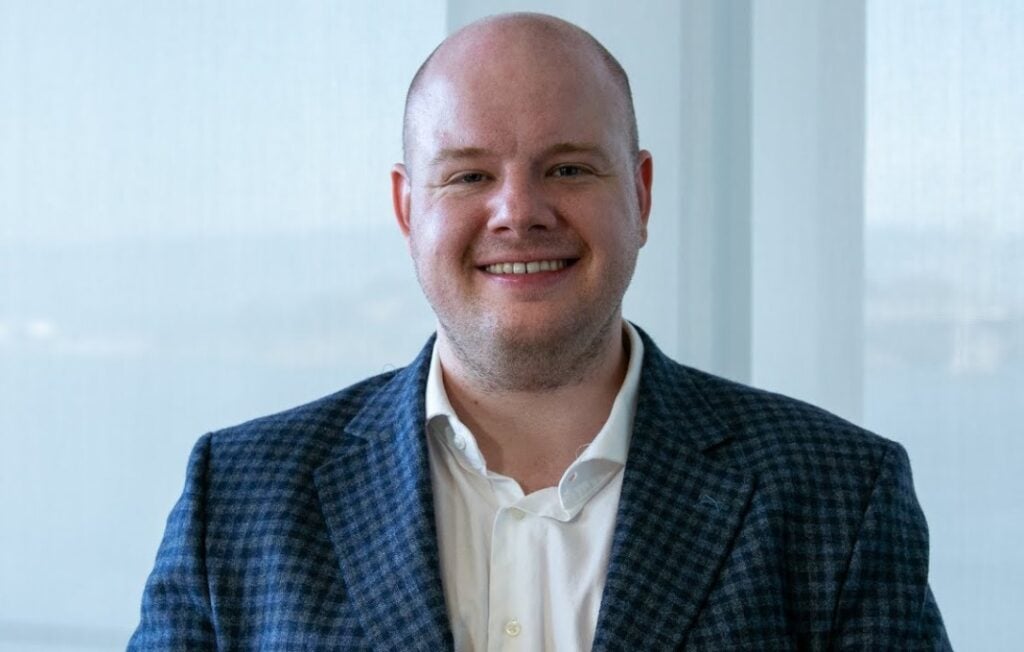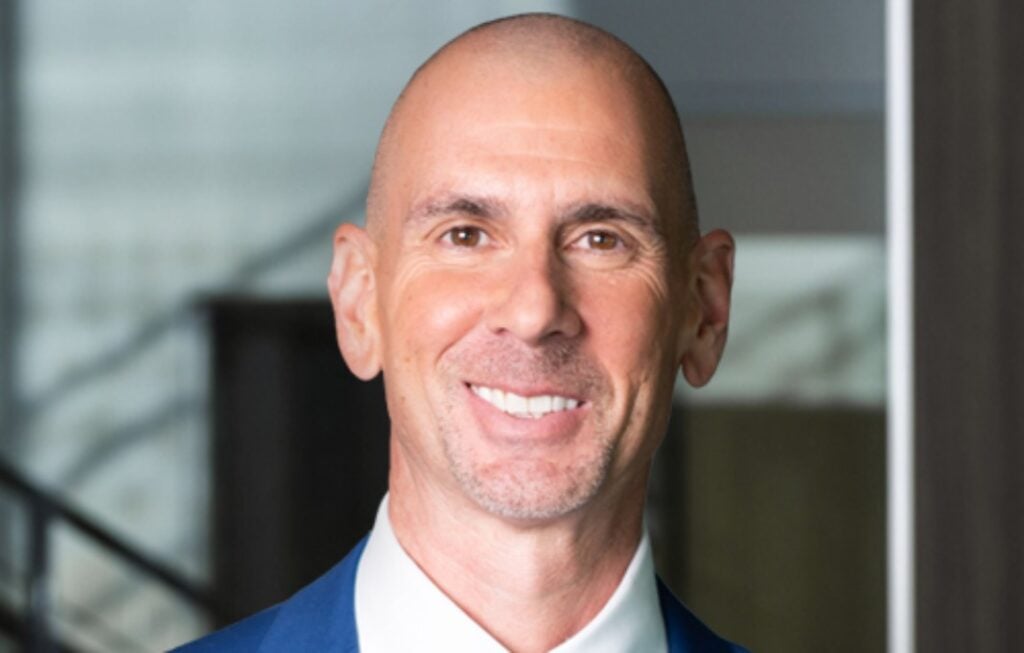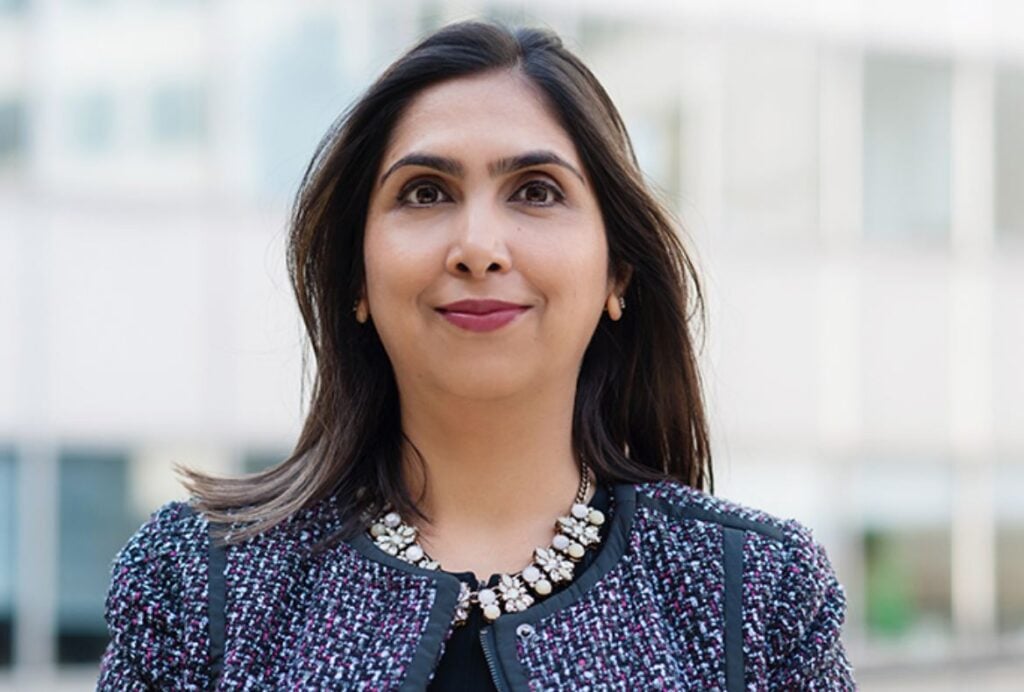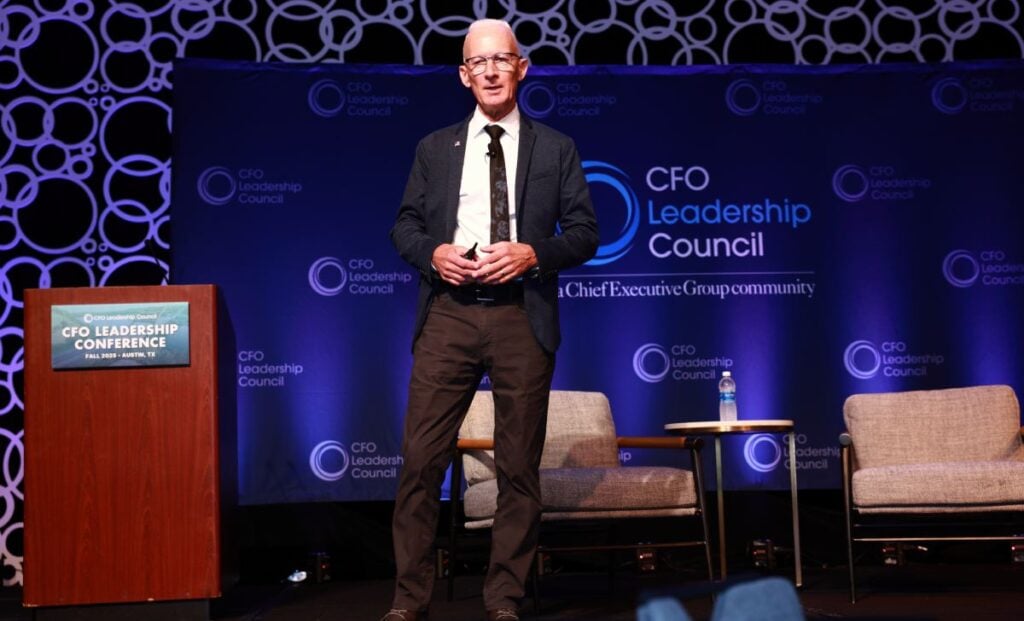David Marberger, CFO of Conagra Brands, says the past few months have been the most difficult period in his 22-year career as a CFO, which includes COVID and the financial crisis. Why? An unprecedented level of uncertainty. Very sticky inflation in the food industry. Tariff policy.
“Food companies are getting hit from so many different angles,” Marberger told Chief Executive Editor Dan Bigman in the opening keynote at the CFO Leadership Conference in Boston on Tuesday.
For Conagra’s industry—North American food manufacturing—the stickiness of inflation has been a major headache. During what Marberger calls this inflation “super cycle,” Conagra, whose brands include Slim Jim, Hunt’s and Birds Eye, has seen steep cost increases. Over the past four years, the company has had a 40% increase in material costs. That’s equivalent to more than a dozen years of two percent to three percent inflation, Marberger said.
The ping-pong tariff policies coming from Washington aren’t helping. While Conagra’s goods sold in the U.S. originate from U.S. manufacturing plants, high tariffs on tinplate and aluminum, which have a limited U.S. supply, are driving up Conagra’s input costs. That has added to the pressures on Conagra’s pricing.
“Everyone in this room knows you try to offset [inflation],” said Marberger to the 400-plus strong audience of finance executives at the CFO Leadership Council event, “but to the extent that you can’t offset it with your own productivity, you have to take your prices up.”
The problem is that consumers have become much more price-sensitive. “Across the packaged food industry, you’ve just seen this slow decline in volumes, and it’s been much more protracted than we ever expected,” Marberger said.
Over the past eight quarters, publicly held Conagra has seen its sales volumes rise, in part helped by selective discounting, but “the consumer is still not [all the way] back,” said Marberger. “We’re still seeing a lot of value-seeking behavior”—switching to store brands and buying from discount stores, for example.
Positive Actions
How can a company navigate these challenges?
Continue to invest. Even when margins get compressed, rampant cost-cutting is not the answer. “We need to continue to innovate,” Marberger said. For a producer of frozen food brands like Marie Callendar’s and Healthy Choice, that means coming up with new and trendy flavors. “You may have to take a little bit of a profit hit, but you have to invest through these cycles,” Marberger said.
Stay agile. Conagra has the lowest SG&A in the food industry, said Marberger. Despite being a $12 billion revenue company, it tries to make decisions about reallocating funds among its portfolio products efficiently and relatively quickly. An operating committee that includes Marberger weighs the arguments for and against reallocations and seeks alignment.
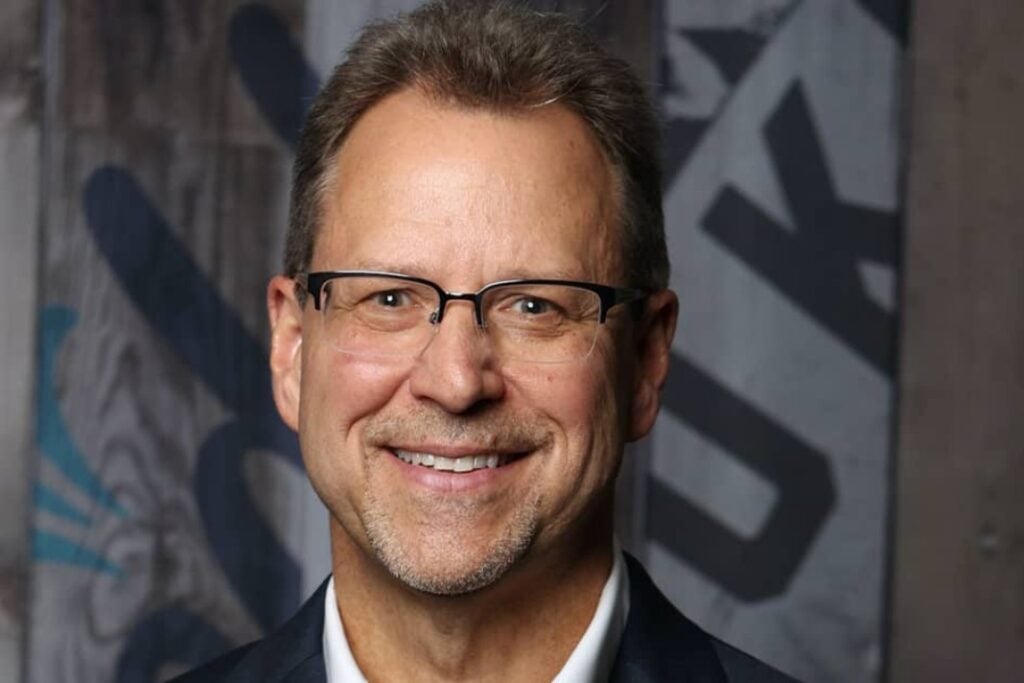
Communicate better. The biggest job of a leader in tough times is combine being realistic about the company’s situation but also staying optimistic, said Marberger. “That’s a super-hard combination for some people,” Marberger said. The importance of priorities for internal teams and functions is also heightened. “You better make sure everyone’s clear on what they need to do,” Marberger said. But teams also need to be held accountable. “If they’re not doing the job, then you have to deal with it,” he said.
Don’t inundate the board. It’s easy to give the board of directors and the various committees too much information, to say too much in meetings. However, a board member’s time is limited. Marberger, who serves on the Levi Strauss board, said CFOs that want input from the board need to cut to the chase, make their point and then leave time for discussion. “Once you put a chart up, you’re accountable for it,” said Marberger. “I’ve seen it so many times at a board meeting. Someone puts a chart up and a 10-minute conversation breaks out, and I’m like, we do not need to be having this conversation.”
Don’t take criticism from Wall Street personally. Marberger has learned not to take it personally when investors meet with him and criticize the company. “If investors have a good point, I’m open to it,” said Marberger. Preparation for the meeting is key. After the meeting, talking to your inner circle is a way to get perspective. “It’s not always easy” to not react when an investor speaks ill of the company, said Marberger, “because I’m very competitive and I’m very proud of the people at the company.”


